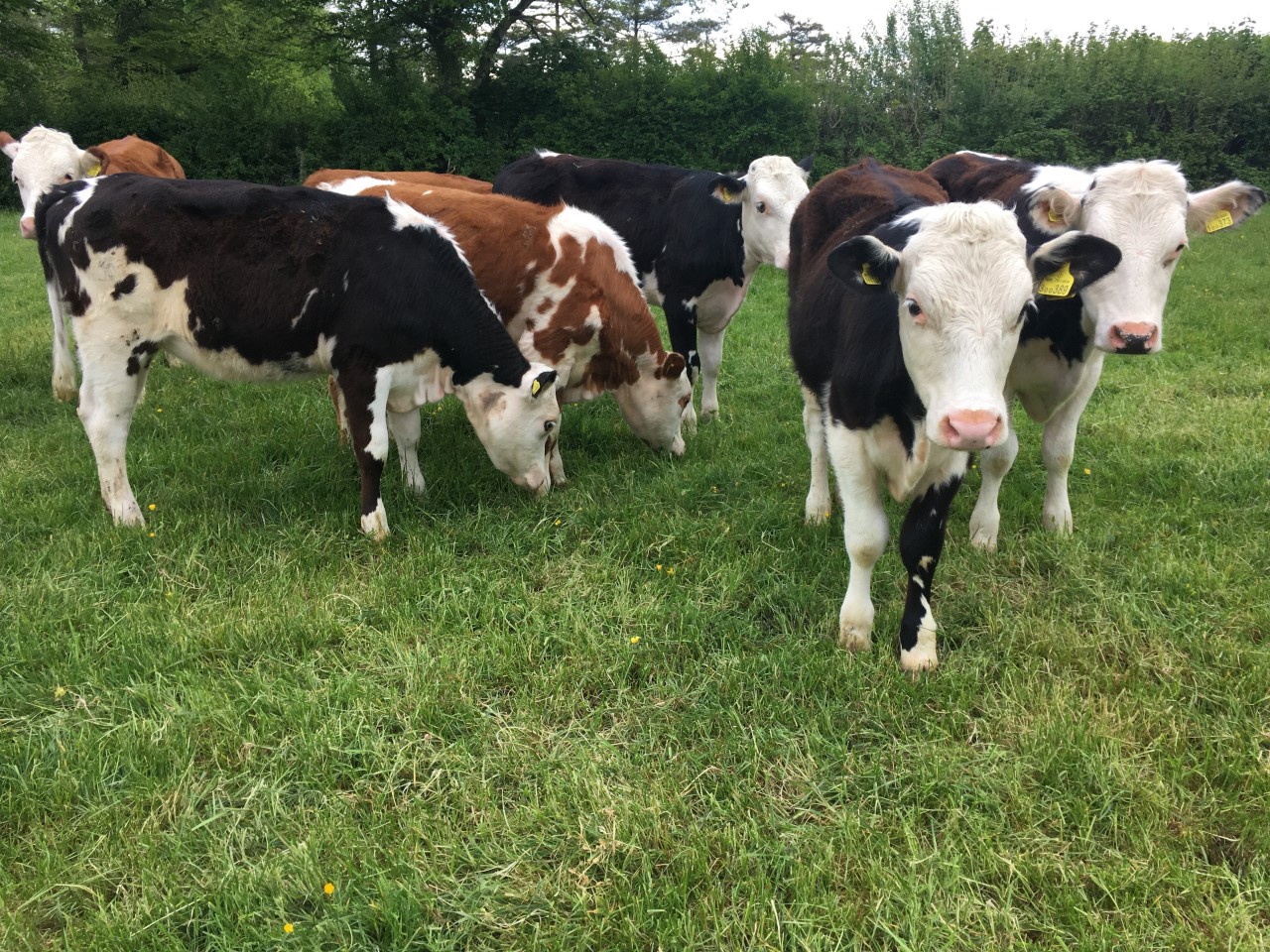



UK farmers should test before treating calves with wormer this spring
Experts from the Control of Worms Sustainably (COWS) group are urging dairy and suckler beef producers with autumn-born calves, to think carefully about their worm control programme this spring.Testing and treating calves only when needed might be a better way forward than using traditional routine worming programmes, which can select for resistance.
“This has been an odd winter, with very wet and very cold periods,” says Professor Diana Williams of the University of Liverpool. “No-one knows what this has done to the levels of overwintering roundworm larvae. There may be a huge reservoir of potential infections or there may be very little. The risk to young calves depends very much on the challenge on the pasture they are turned out onto.”

Many farmers will automatically worm their first season grazing cattle after turnout in May, without knowing the actual risk of roundworm infection.
But by taking a faecal egg count from ideally 15 calves in early June, farmers can gauge the level of pasture contamination. Low egg counts suggest that intake of infective larvae from pasture has been low at the start of the season, so no need to treat the calves with wormer immediately. A second test in early July should be carried out to check this remains the case. Talk to the vet or Registered Animal Health Adviser (RAMA, formerly SQP) about how to test.
“As well as faecal egg count testing, weighing animals regularly to check they are growing as they should be, is also a good sign as to whether they are facing a parasite challenge,” says Professor Williams.
“In cattle, resistance of intestinal roundworms to wormers has been reported, so only using wormers when they are actually needed is important.”
If the decision is made not to treat young cattle at the start of the season, farmers must remain vigilant for lungworm. Outbreaks can happen at any time during the grazing season but are most commonly seen between late July and early September. Keeping a careful check on calves over the summer is vital to spot signs, such as reduced condition, poor weight gain and coughing. If necessary dose the group with wormer to protect against lungworm.
“In herds that have a history of lungworm, routine vaccination should be considered – given in two doses four weeks apart and two weeks before turnout,” says Professor Williams.
“It might be hard to persuade farmers to move away from relatively cheap and easy, all-encompassing anthelmintic treatments. However, as roundworm resistance to wormer treatments develops, and there is a move to using treatments only when they are really needed, taking a ‘test’ and ‘weigh’ approach may be much more sustainable.”
More details of roundworm and lungworm control can be found in the COWS Guides on the COWS website.


